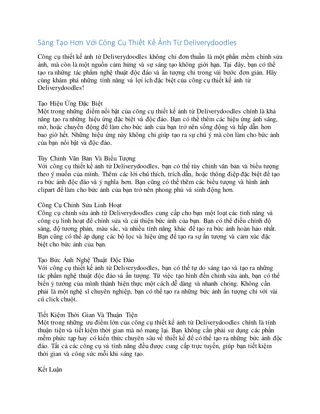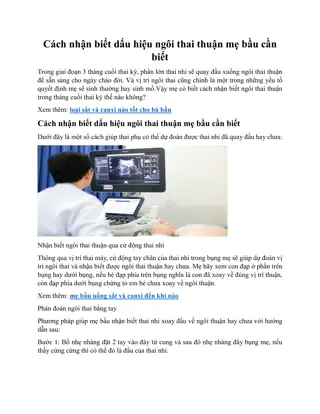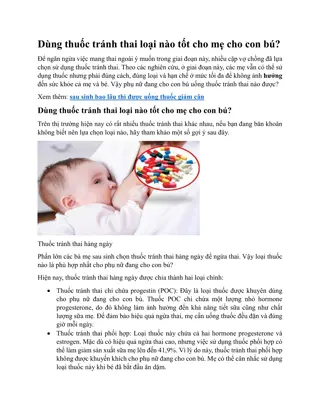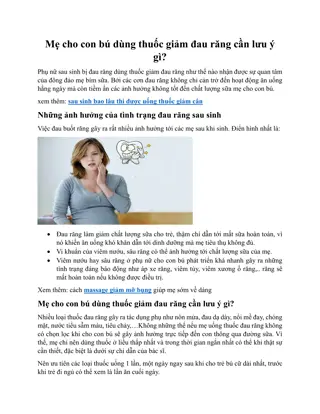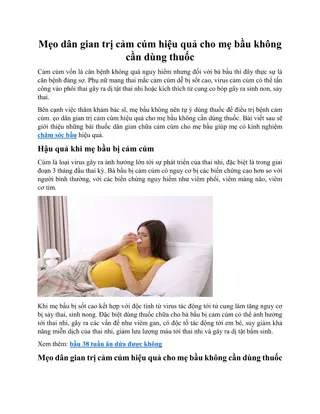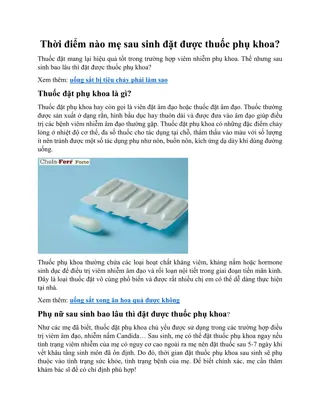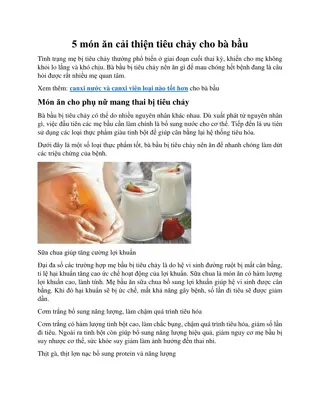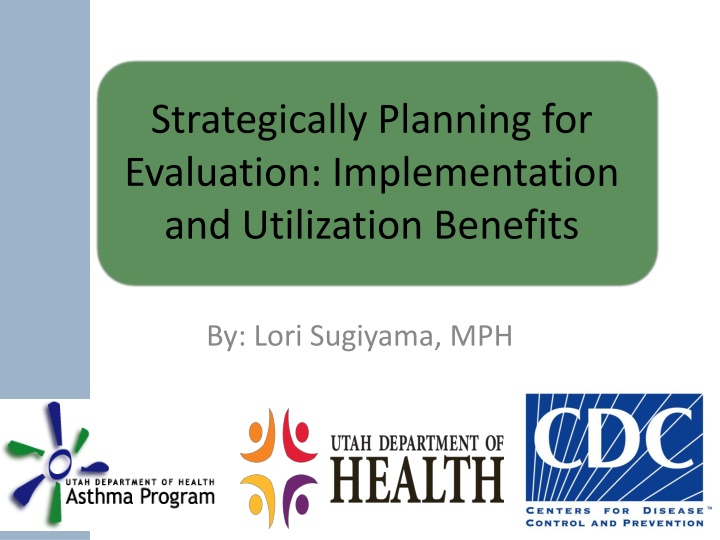
Optimizing Evaluation Strategies for Program Success
Explore the strategic planning for evaluation, implementation, and utilization benefits outlined by Lori Sugiyama, MPH. Learn about different ideologies, steps for establishing an evaluation team, program description, and more to enhance program effectiveness.
Download Presentation

Please find below an Image/Link to download the presentation.
The content on the website is provided AS IS for your information and personal use only. It may not be sold, licensed, or shared on other websites without obtaining consent from the author. If you encounter any issues during the download, it is possible that the publisher has removed the file from their server.
You are allowed to download the files provided on this website for personal or commercial use, subject to the condition that they are used lawfully. All files are the property of their respective owners.
The content on the website is provided AS IS for your information and personal use only. It may not be sold, licensed, or shared on other websites without obtaining consent from the author.
E N D
Presentation Transcript
Strategically Planning for Evaluation: Implementation and Utilization Benefits By: Lori Sugiyama, MPH
Presentation Outline Evaluation Ideologies used Basic elements of a strategic evaluation plan Why this process is beneficial
Ideologies Utilized Utilization focused evaluation (David Fetterman) Centers for Disease Control and Prevention Model for Evaluation Mueller s findings suggest: there is a simple dose-response relationship between exposure and utility of evaluation results-the more times a person sees the results, the greater the utility of results.
The steps Establish an Evaluation Team Develop a description of the program Develop a description of the program Prioritize program activities for evaluation Prioritize program activities for evaluation Evaluation design and elements Evaluation design and elements Develop a communication plan Develop a communication plan
Establishing an Evaluation Team The team should be composed of 5-10 individuals: Those that know a history of the program An Epidemiologist Program Manager Key opinion leaders
The steps Establish an Evaluation Team Develop a description of the program Develop a description of the program Prioritize program activities for evaluation Prioritize program activities for evaluation Evaluation design and elements Evaluation design and elements Develop a communication plan Develop a communication plan
Describing the Program Program Logic model Resources, Activities, Outputs, Short-term Outcomes, Intermediate Outcomes and Long- term Outcomes. General description of all program interventions
The steps Establish an Evaluation Team Develop a description of the program Develop a description of the program Prioritize program activities for evaluation Prioritize program activities for evaluation Evaluation design and elements Evaluation design and elements Develop a communication plan Develop a communication plan
Capacity Building At each meeting, I taught a new evaluation concept. First, prioritization techniques Second, evaluation designs and methods Third, process vs. outcome Giving information on evaluation empowered each member to engage and improved overall understanding.
Prioritize Program Activities Nominal Group Planning Method Simplex Method Quick and Colorful/Dot Method Criteria Weighing Method Develop prioritization criteria Apply the criteria to the activities Give a numerical value for criteria selected
Prioritize Program Activities Interest Programs of current/highest interest to stakeholders and program staff Those programs reaching disparate populations Programs most visible in the community and to stakeholders Disparities Visibility Activity Criteria Interest Disparities Visibility total Recess Guidance (L) Miners packet (M) Telehealth 1 (S) Advocates (M) Public awareness campaigns (S) Telehealth 2 (L) Social Media (L) Asthma action plans (M) Childcare trainer prog. (L)
The steps Establish an Evaluation Team Develop a description of the program Develop a description of the program Prioritize program activities for evaluation Prioritize program activities for evaluation Evaluation design and elements Evaluation design and elements Develop a communication plan Develop a communication plan
Evaluation Design and Elements Content area 2010-2011 2011-2012 2012-2013 2013-2014 Surveillance Data Dissemination Burden Report Work-related Asthma Partnerships Asthma Action Listserv Local Health District Grants Groups Interventions Telehealth 1 Recess Guidance Advocates Telehealth 2 Social Media
Evaluation Design and Elements 1. Designs Experimental Quasi-experimental Non-experimental 2. Data Collection Methods Qualitative vs. Quantitative Mixed Method 3. Type of Evaluation 4. Evaluation Questions
Evaluation Design and Elements 4. Evaluation Models Responsive Evaluation Goal-free Evaluation Utilization-focused Evaluation Participatory Evaluation
Evaluation Design and Elements Title of Evaluation Program Component Evaluation Questions A process evaluation of the Asthma Telehealth Program Interventions 1. Is the telehealth series reaching the intended audience of health professionals? 2. How is the objective of educating health professionals on the diagnosis and management of asthma being met? 3. In what ways are the message relevant and at the appropriate educational level for the intended audience? 4. What barriers or external factors currently exist? 5. What is the appropriate number of sessions each year? Evaluation Design/Methods Data Sources Data Collection Methods Document Review, Key Informant Interviews Data needs Participant Information for follow-up Cost of Evaluation Evaluator and Heath Educator hours Non-experimental: Mixed methods Pre/post tests, evaluation reports, registration information
Evaluation Design and Elements Figure 2: Evaluation Timeline: Years 2-3 2011 2012 Evaluation Activity Sept Oct Nov Dec Jan Feb Mar Apr May June July Aug Sept Oct Nov Dec Surveillance: Data Dissemination Partnerships: Asthma Action Groups Interventions: Asthma Action Plans Interventions: Telehealth 1 Surveillance: Burden Report Partnerships: Listserv Interventions: Recess Guidance Interventions: Public Awareness Campaign
The steps Establish an Evaluation Team Develop a description of the program Develop a description of the program Prioritize program activities for evaluation Prioritize program activities for evaluation Evaluation design and elements Evaluation design and elements Develop a communication plan Develop a communication plan
Develop a Communication Plan 1. Identify key messages 2. Choose dissemination methods 3. Identify who is responsible for the communication
Communicating Results Supply specific action-oriented recommendations Use graphics to communicate results Use a wide range of reporting mechanisms Develop simple, usable, and visual summary reports
Communicating Results Cartoons/comics word clouds
Builds a Culture of Evaluation Leadership support Capacity building: Now before I start a program, I think, how will we evaluate this what data needs to be collected. Understanding the methodology increases validity and use
Benefits continued Better capacity to collect data for more comprehensive evaluations Studies suggest that timing is a critical component in evaluation use, this improves the timing of evaluations You know that the evaluation is coming and so you work harder because you know you will be held accountable for the results
Sources Centers for Disease Control and Prevention. (2010). Learning and growing through evaluation: state asthma program evaluation guide. Atlanta, GA. Grasso, P. (2003). What makes an evaluation Useful? Reflections from experience in large organizations. Amer Journal of Evaluation, 24(4), 507-513. Johnson, K., Greenseid, L., Toal, S., King, J., Lawrenz, F., & Volkov, B. (2009). Research on evaluation use: a review of the empirical literature from 1986- 2005. American Journal of Evaluation, 30, 377. Mueller, N., Burke, R., Luke, D., & Harris, J. (2008). Getting the word out: multiple methods for disseminating evaluation findings. J Public Health Mgt Prac, 14(2). 170-176. Patton, M. (2003). Qualitative Evaluation Checklist. Evaluation Checklist Project: Western Michigan University. www. Wmich.edu/evalctr/checklists




